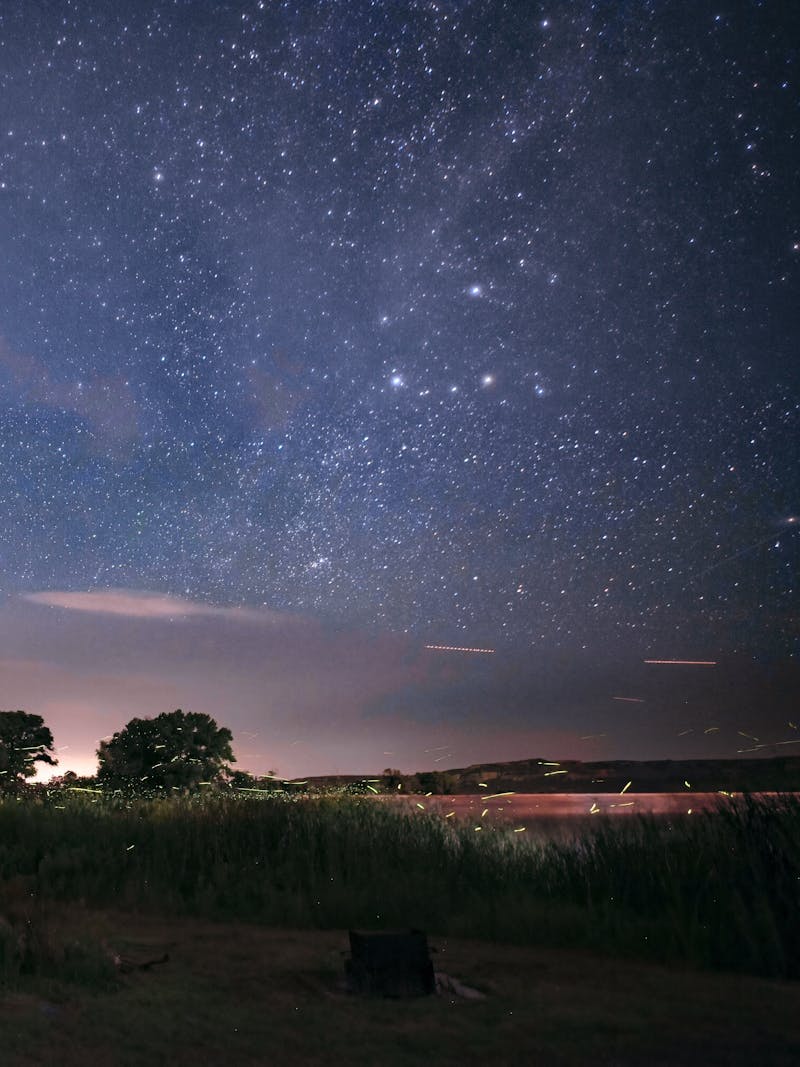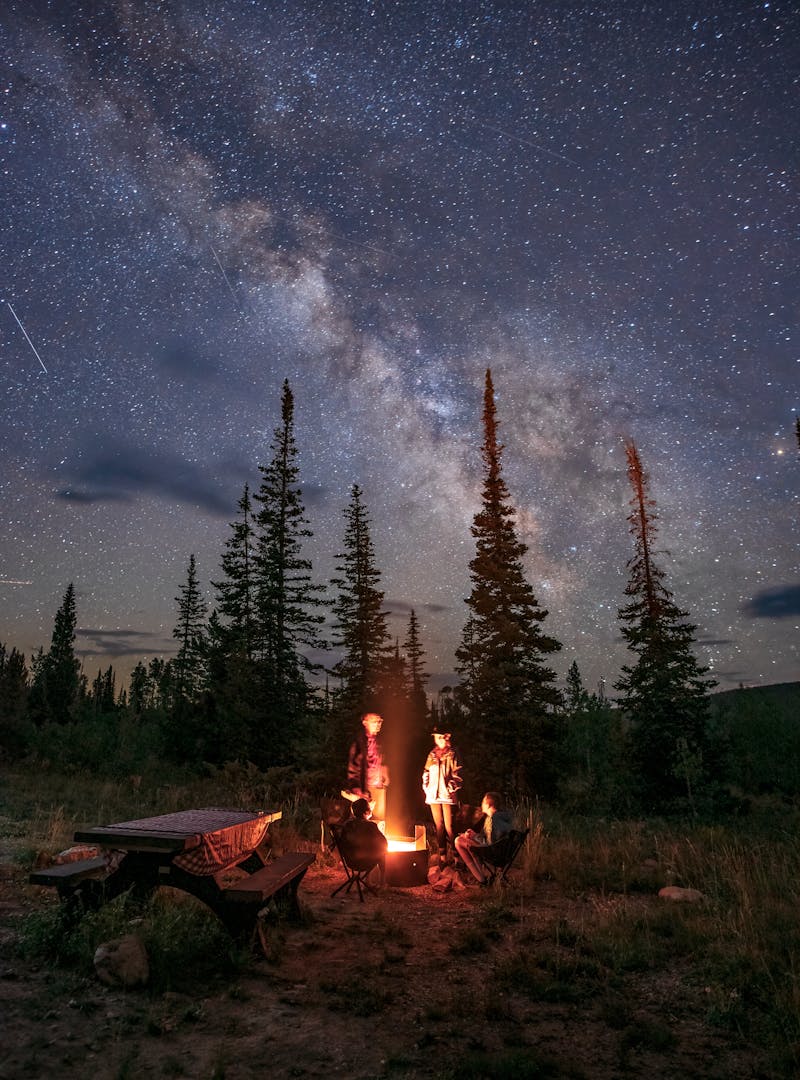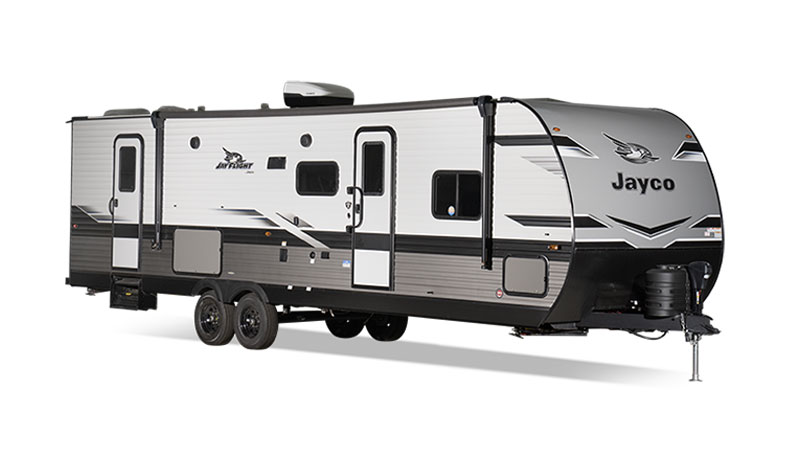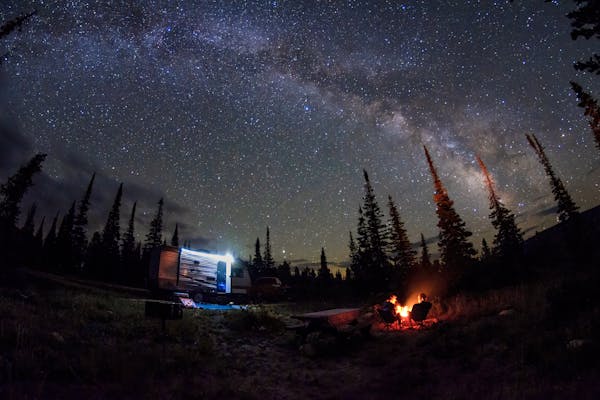Jason is an avid outdoor enthusiast, always ready to explore the most beautiful places with his amazing wife Alison and their two adventurous boys. He loves traveling with his Jayco Jay Flight, and uses the RV to stay near the best hiking trails across Texas and beyond. As the main videographer and black and white photographer of the family, Jason enjoys sharing the Takacs’ experiences with a bit of a quirky, artistic twist.
Learn
How To Practice Light Courtesy When RV Camping
Tips and advice for when and how to use light at your campsite at night.










